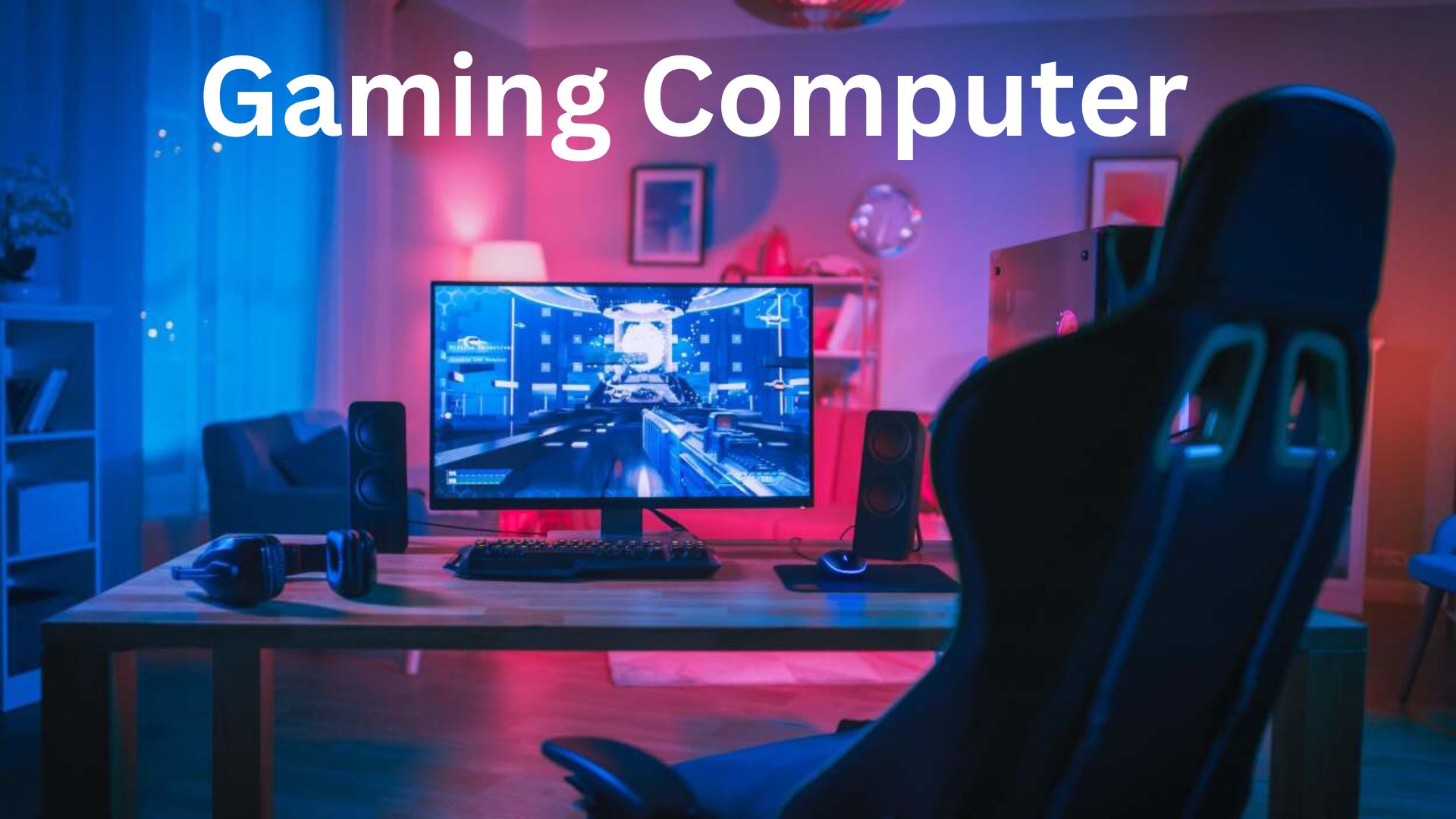You don’t have to settle for a superb gaming computer under 400 experience just because you’re on a tight budget. Here’s everything you need to know to find the Best Value gaming Computer under 400 for you.
One of the most appealing advantages of Gaming Computers under 400 gaming is the freedom that comes with selecting your own hardware. This allows for a wide range of system configurations as well as the option of selecting a pre-built in your price range, whatever that may be.
With all of these options, there are plenty of excellent options for those looking for more entry-level machines. Working on a budget does not prevent you from enjoying the world of PC gaming; it simply means that you must consider your options in order to find exactly what you’re looking for.
To be clear, different individuals will view a budget PC differently. There is no universal definition of what is entry-level or budget, and only you know what you want. For the purposes of this discussion, we’ll define “entry level” as a computer capable of running most games at 1080p resolution and 60 frames per second. This is a starting point that allows you to enjoy the benefits of gaming computers under 400 while also giving you some flexibility in the hardware you use to get there.
With that in mind, here are some ideas for finding the best budget gaming computer under 400.
Determine Your Budget
The first step in selecting your pre-built budget system is determining how much money you have available.
Consider your budget’s upper limit and do some searching for pre-built gaming PCs in that price range. This should be used as a starting point for your performance expectations. Use tools such as this gaming computer under 400. Benchmark database to see if these systems are capable of running the games you want to play.
Keep in mind that a PC gaming setup consists of more than just the system. You’ll also need a display, a mouse and keyboard, and possibly a headset for multiplayer gaming, so plan accordingly. If you are looking at a computer,
Although you are unlikely to require an additional display, a good mouse may be a worthwhile investment. There are, of course, ways to save money on these hardware, particularly by repurposing old ones. A slightly older display, as well as an older keyboard and mouse, will work perfectly with your new PC if it has the proper connections. These peripherals can always be upgraded later.
Once you’ve determined your budget, it’s time to zero in on your hardware requirements.
Prioritization and performance
When looking for a 60 FPS build, consider the games you want to play as well as the performance and features you require. Map your hardware choices to those specific needs, and think about the bare minimum of experience you’d be happy with as a baseline. This strategy holds true whether you’re considering a pre-built desktop or a gaming laptop.
When shopping for a low-cost system, it’s often best to prioritize out-of-the-box in-game performance over extra features like extra memory or storage. Depending on the configuration of your desktop, you can usually upgrade components like RAM and storage later, and possibly even your GPU. If future upgrades are important to you, keep that in mind.
When considering your options, keep in mind that some desktops are more difficult to upgrade than others.
When selecting a gaming computer under 400, pay attention to the following components:
Graphics Processing Unit (GPU) and Central Processing Unit (CPU) (GPU). These are critical components for in-game performance, as measured by graphical details, resolutions, and framerates. When at all possible, prioritize these.
RAM. Although 16GB or more is ideal, 8GB is usually sufficient for most games. With less than 8GB, you may experience performance issues. RAM can typically be upgraded later, depending on the desktop configuration, and is typically more difficult to upgrade in laptops.
Storage. 500GB or more is ideal, but if you don’t mind swapping out drives, you can get away with less.
Installing games or implementing external storage solutions. A hard disc drive (HDD) will suffice, but a solid state drive (SSD) will provide faster loading times, transfer speeds, and overall system performance. Desktop storage is typically fairly easy to upgrade later, whereas laptop storage can be significantly more difficult.
When deciding on hardware, consider what is most important to your gaming experience. Is frame rate more important than load time? If so, choose a SATA-based SSD or even an HDD over a faster NVMe* SSD and prioritize a better CPU or GPU. Perhaps you want to stream your gameplay. If you are, you may want to prioritize a faster CPU over more memory. Flexibility is essential, but make certain
As a result, you have a well-balanced system. You don’t want to put too much emphasis on one aspect at the expense of others.
If you’ve done your research and still can’t match your budget to the performance you want, there’s nothing wrong with deferring your purchase. You don’t want to settle for subpar performance, so look for deals on the pre-built systems you’re interested in until you find the right match, or consider building your own PC.
Additional Features:
After you’ve decided on your core system, think about everything else you might need (or want) to complete your setup.
The monitor you’ll be using is also an important factor to consider. If your build is capable of running games, keep this in mind when choosing a monitor at 1080p. You may not be able to use features such as higher resolution and higher refresh rate displays until you upgrade your hardware later on. Instead of trying to future-proof your display, that money could be better spent on a more powerful CPU or GPU right now.
Audio solutions, like keyboards and mice, vary greatly in price, ranging from audiophile headphones to standard earbuds. You may already have a set of headphones or speakers that will work, but if not, you can choose from a wide range of options at a variety of prices.
Another aspect to consider is the appearance of the computer. Though lighting and flair can add a personal touch, it has no bearing on the performance of the hardware inside your system and can sometimes add cost. If you have a choice between two builds with the same internal hardware but one has tempered glass and RGB fans, go for the premium aesthetic, but this could also be an opportunity to save money.
When it comes to gaming computers under 400, it’s all about what’s inside.
Bottom Right Fit
Once you understand what your budget can buy and how different configurations perform, you’ll discover that there are a plethora of high-quality budget PC options available. There’s never been a better time to upgrade, thanks to the flexibility provided by different hardware configurations and the large number of manufacturers offering systems across the price spectrum.



